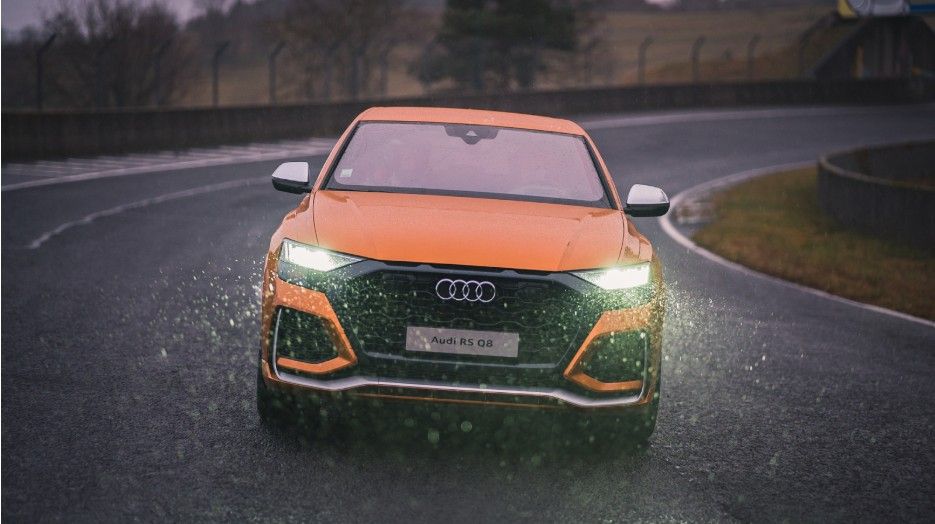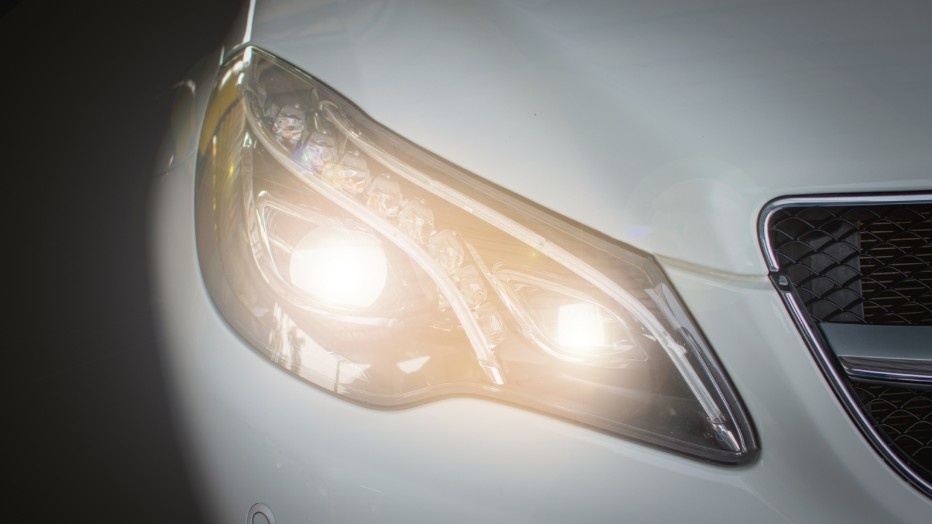I Once Got Flashed—By a Trucker. Here’s Why I Deserved It.
So there I was, cruising down a foggy mountain road just outside Big Bear, blasting Fleetwood Mac and feeling so proud of my new LED headlights. Then, out of nowhere, this giant semi truck blinked his high beams at me so hard I thought I’d been pulled into a UFO.
Guess what? I was that person, blinding oncoming drivers with my high beams on full blast. Total rookie move. That night taught me the difference between using lights to see and using them to be seen safely.
It also kicked off my mild obsession with learning all about low beam vs high beam—because trust me, there is a difference, and using the wrong one can be dangerous (and rude).
What Is the Difference Between High Beam and Low Beam?

Let’s start with the basics, shall we? High beams and low beams are two very different lighting modes on your car’s headlights—each with its own job.
Low beams give you a short, controlled spread of light aimed downward. They’re your go-to when driving in traffic, cities, or foggy weather. Their beam pattern is designed not to blind other drivers.
High beams, on the other hand, shoot bright light far and wide—great for long, dark roads with no one else around. But they come with zero chill. If you use them at the wrong time, you could blind someone coming toward you or reflecting in the rearview of the driver ahead.
Knowing which beam to use isn’t just polite—it’s smart and can even be a legal requirement in some states.
Which Lights Are Your Low Beams?

You’ve probably used your low beams more times than you can count—every time you turn on your headlights at night, for example. But which lights are they exactly?
When you switch your headlight knob to the first setting (after auto or daytime running lights), your low beams activate. These are typically angled slightly down and to the right to light your lane without blinding oncoming traffic. They’re your headlight “default.”
In newer cars, especially those with automatic headlight settings, your low beams may come on when the car senses it’s dark outside. You might not even notice, but they’re doing their job—quietly keeping you visible and keeping others comfortable.
What Is the Difference Between Low Beam and Main Beam?

Ah, the terminology rabbit hole. “Low beam” and “main beam” might sound like they’re opposites—but in some countries, “main beam” actually means high beam. Confusing? Yup. Let’s untangle it.
In the U.S., we typically say low beam and high beam. In the U.K. and other parts of Europe, main beam refers to what we call high beam, and dipped beam means low beam. So if your car manual came from across the pond, just know this:
- Main beam = High beam = Strong, straight-ahead light
- Dipped beam = Low beam = Angled, controlled light for regular use
Just another reason to know your lighting lingo, especially if you’re renting or importing a car.
Can I Drive With Low Beams On?
Short answer: absolutely. You should be driving with your low beams on most of the time when visibility is poor—whether it’s dark, raining, snowing, or even if it’s just a murky Monday morning.
Low beams are designed for safe, daily driving. They won’t blind other drivers, they help you stay seen, and in many states, they’re legally required when your windshield wipers are on. Bonus: they also use less energy than high beams and won’t wear out your bulbs as fast.
So yes, drive with low beams on when conditions call for it. Your eyes—and your fellow drivers—will thank you.
How to Make the Most of Low Beam vs High Beam

First off, let’s talk timing. Use low beams anytime you’re:
- Around other vehicles (oncoming or ahead)
- Driving through neighborhoods, city streets, or fog
- Driving in fog, rain, or dust
Only switch to high beams when:
- You’re on an unlit road or highway with no traffic nearby
- You need more visibility, like spotting a deer in the distance
- Conditions are dry and clear (never in fog or rain—they reflect light and make things worse)
Here’s a tip from someone who once lit up a coyote like it was on stage: if you think there might be someone around, it’s probably better to go low.
Also, learn how to flash your high beams—it’s a handy non-verbal way to alert others (like saying “your brights are on” or “cop ahead!”). But use sparingly. You’re not signaling the Batmobile.
FAQ: Your Burning Headlight Questions Answered
1. Are high beams illegal in the city?
Technically, no. But it’s discouraged and sometimes restricted by local laws because it blinds other drivers. In city or suburban areas, stick to your low beams unless you’re on a dark side street and no one’s around.
2. What’s the symbol for high beams vs low beams on my dashboard?
Low beam symbol: a headlight with lines angled downward.
High beam symbol: a headlight with straight lines shooting straight ahead. When high beams are on, a blue indicator lights up on your dash.
3. Why do people flash their high beams at me?
It could mean your high beams are on and blinding them, or that your lights aren’t on at all (hello, dark car silhouette). It can also be a friendly warning of something ahead—like a speed trap.
4. Can I upgrade my low beams to LED?
Yes, and they’re great for brightness and energy efficiency—but be cautious. Some aftermarket kits aren’t street-legal, and misaligned LED beams can cause serious glare. Always check local laws and get your lights aimed properly.
Final Scoop Before You Flip That Switch
Here’s my rule of thumb: low beams are for sharing the road, high beams are for owning it (briefly).
If you remember nothing else, just know this—your lights aren’t just about seeing the road. They’re about respecting the road and everyone on it.
Next time you’re out after dark, channel your inner polite driver. Don’t be the girl who got high-beam shamed by a trucker. Be the driver who knows how and when to use their beams like a pro. Safe travels—and may your headlights always be properly aimed!




